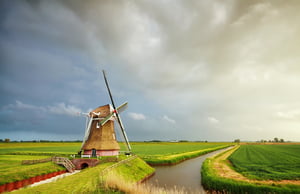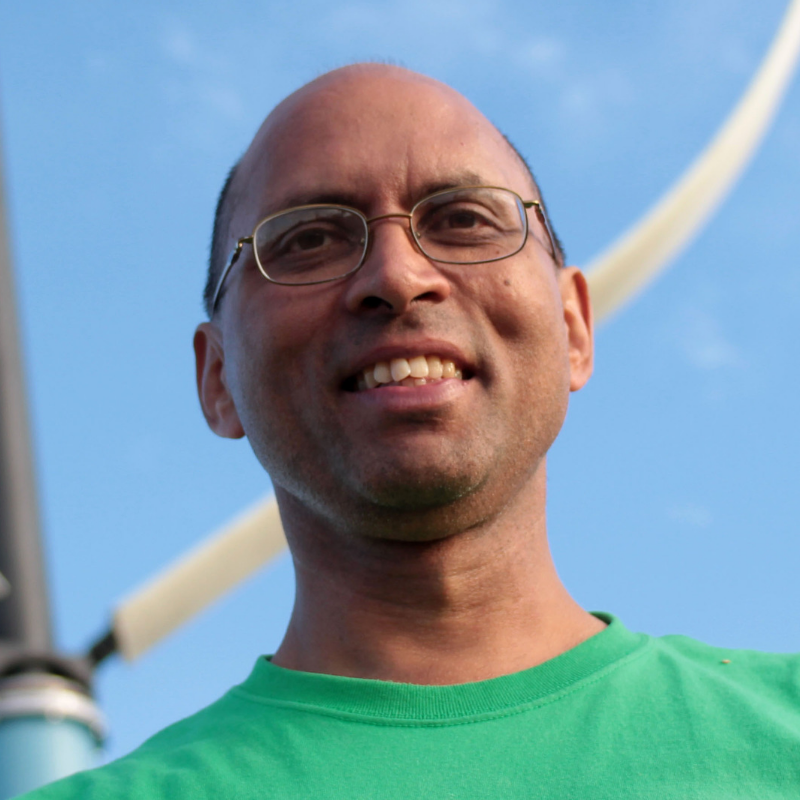In many areas of the United States, you can drive past wind farms where hundreds of seemingly slowly moving wind turbines stretch out for miles. Each turbine is hundreds of feet tall and is connected to the nearby grid to push wind-generated electric power to consumers.

A wind farm with hundreds of horizontal-axis wind turbines
Because they are so large, horizontal axis wind turbines (HAWT) need to be separated by fairly significant distances to operate efficiently. They also need to be located close to the power grid or too much energy is lost as the power travels through the power lines to the grid. The further from the grid, the less useable power can be generated. Distance from the grid and the acreage required to operate wind farms can seriously reduce access to wind power for otherwise suitable locations.
Distributed Energy becomes a more viable option where the power grid is absent or congested or the space available rules out more traditional wind farms.
What is distributed energy?
Distributed Energy (DE) or distributed power is electricity generated close to or at the location it is consumed. Distributed wind power is used in a variety of applications, including farms, schools, manufacturing sites, urban businesses and a host of others.
 When you think about it, this type of distributed power has been around for 2,000 years - starting with windmills that pumped water from dikes, or pumped water to reach cattle in remote fields. Today, distributed wind energy is more prevalent than you might think. The U.S. Department of Energy says as of 2018, there were some 83,000 distributed wind installations across the United States generating a total of 1,127 megawatts (MW) of power. That’s over half-a-million homes powered by smaller wind-power installations.
When you think about it, this type of distributed power has been around for 2,000 years - starting with windmills that pumped water from dikes, or pumped water to reach cattle in remote fields. Today, distributed wind energy is more prevalent than you might think. The U.S. Department of Energy says as of 2018, there were some 83,000 distributed wind installations across the United States generating a total of 1,127 megawatts (MW) of power. That’s over half-a-million homes powered by smaller wind-power installations.If there has been any limitation to the use of renewable resources such as wind or solar it has been the technologies involved, and some of the inherent issues that come with the territory. For solar, it takes a lot of real estate facing the sun. With today’s technology, it can take over 4,000 solar panels to generate one megawatt of power. With wind power - using what has become the typical three-blade propeller Horizontal Axis Wind Turbine - there are also space, as well as other issues such as safety.
For wind power to be used in the largest number of locations and applications, the Vertical Axis Wind Turbine (VAWT) becomes a more attractive alternative. VAWTs have blades attached at both ends that revolve vertically, taking up less space. For the consumer, it means less space is needed for each turbine. It also means - with solutions such as the ArborWind PT180 - most maintenance is done at ground level, as opposed to hundreds of feet off the ground.
The time for Distributed Energy - and specifically distributed wind power - is emerging. The U.S. power grid has growing problems with congestion. Globally, there are areas where the power grid has failed or is failing (e.g. Puerto Rico) and distributed energy might make better sense as a way to provide power. In a large number of applications - from dairy farming to urban communities seeking a renewable energy source - distributed power makes the most sense. New technology advancements make the Vertical Axis Wind Turbine a more cost-effective and durable source for distributed energy.
Summary
More developers and investors are considering VAWT as a solution for renewable and accessible power to move forward on developing land previously inaccessible to the grid.
About ArborWind
Based in Ann Arbor, Michigan where it leverages Michigan- and U.S-based suppliers, the ArborWind team works with a single vision: Clean, safe and reliable wind power delivered with a durable, economical product, the ArborWind PT180 Vertical Axis Wind Turbine. Contact us to us learn more at 734-688-8040.



